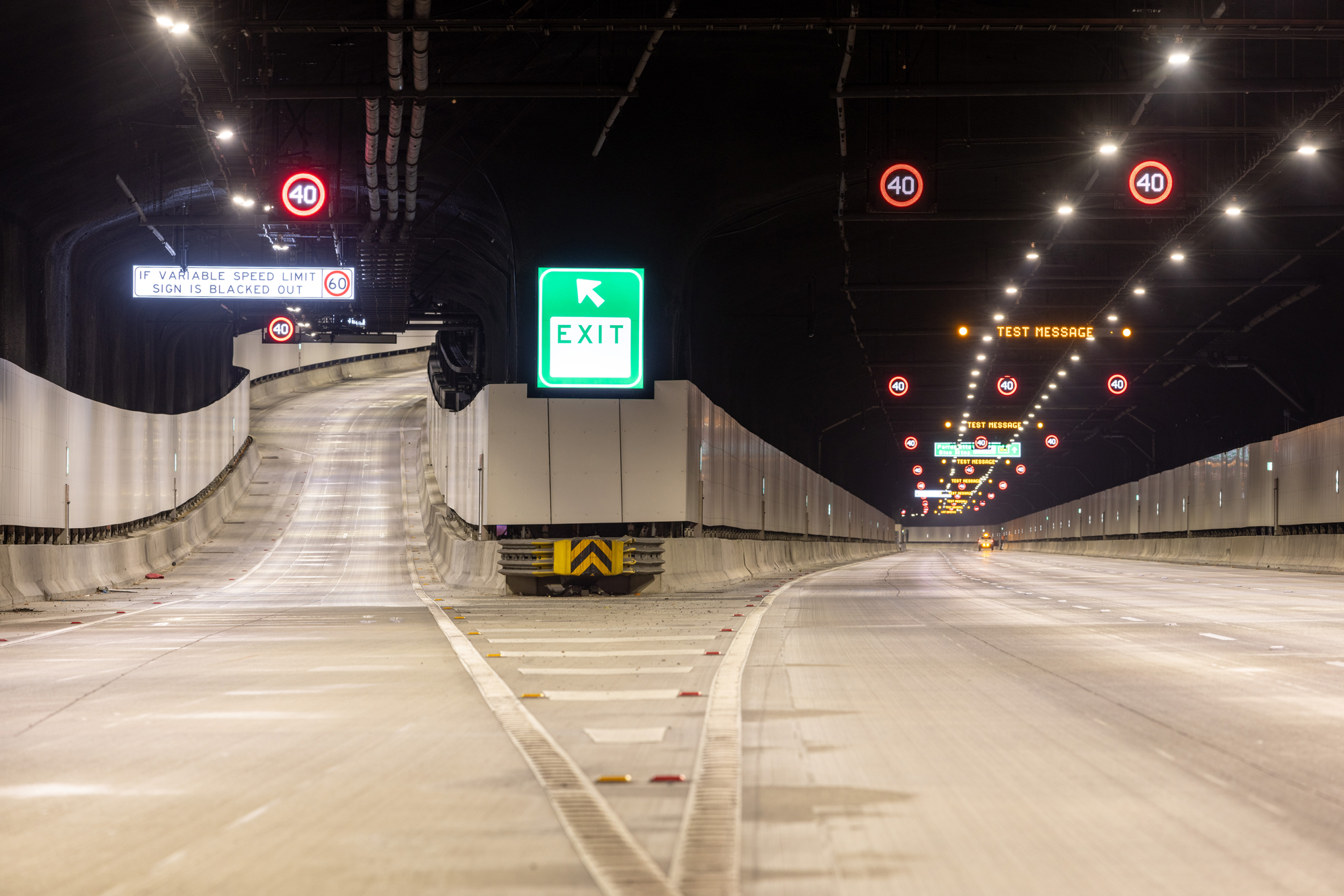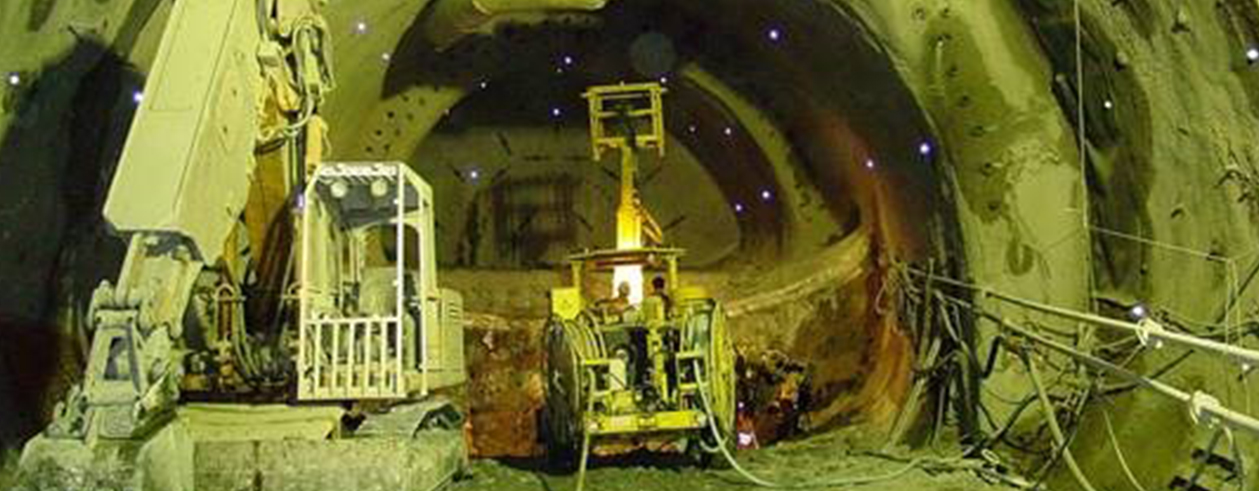50 years of tunnel lighting
By John Rogers A fundamental safety requirement is for drivers to have adequate visibility when approaching the tunnel, at the moment of entry, within the tunnel and when exiting. To provide adequate visibility, lighting systems are designed to overcome the “black hole” effect at the entry portal during daylight hours. Such lighting is energy [...]






